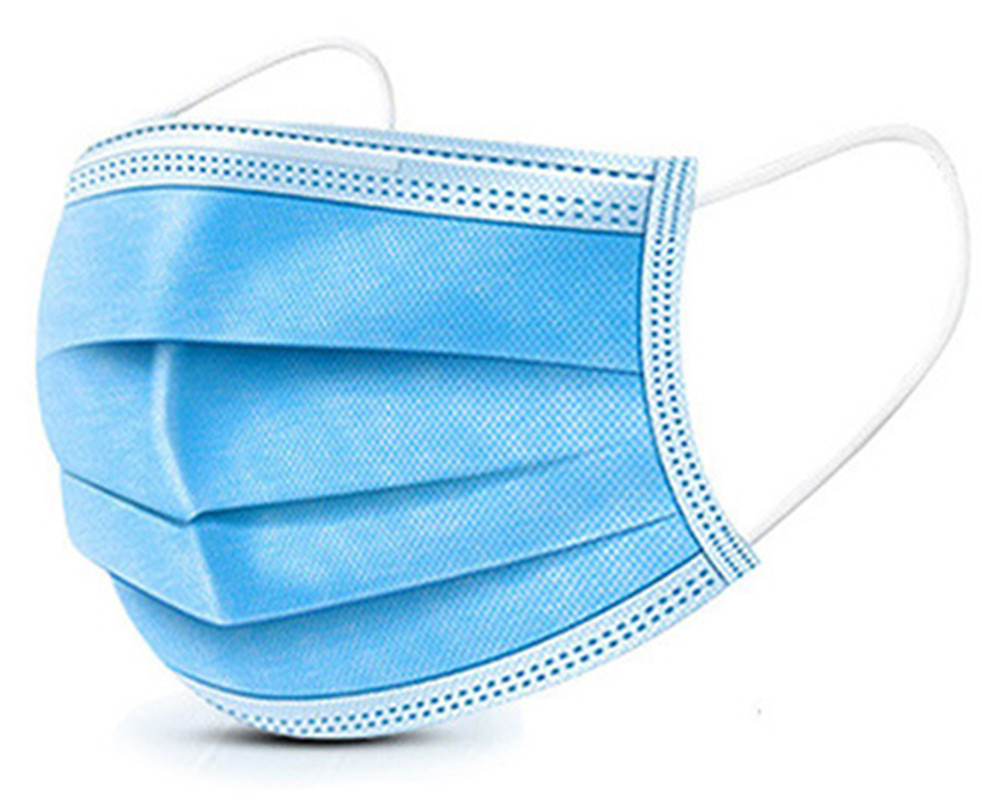+1 929 346 6766 info@tri-cpromo.com
Bring you wonderful choices, like primary colors do
No water hand wash gel supplier remind you: Wearing masks scientifically can prevent respiratory infectious diseases such as new coronary pneumonia and influenza, and protects both themselves and the public health.
I. The general public
(1) Home and outdoor, no people gathered, well ventilated.
Protective advice: Do not wear a mask.
(2) Being in a crowded place, such as office, shopping, restaurant, conference room, workshop, etc .; or taking a box elevator or public transportation.
Protective suggestions: In medium and low-risk areas, you should bring a spare mask (a disposable medical mask or a surgical mask) with you, and wear a mask when in close contact with other people (less than or equal to 1 meter). In high-risk areas, wear disposable medical masks.
(3) For those with cold symptoms such as coughing or sneezing.
Protective advice: Wear disposable medical masks or medical-surgical masks.
(4) For those who live together with those who are separated from home and discharged from rehabilitation.
Protective advice: Wear disposable medical masks or medical-surgical masks.
2. Personnel in specific places
(1) It is located in densely populated hospitals, bus stations, railway stations, subway stations, airports, supermarkets, restaurants, public transportation, and community and unit import and export places.
Protective suggestions: In medium and low-risk areas, workers wear disposable medical masks or surgical masks. In high-risk areas, workers wear
Disposable Non-woven Mask or protective masks that comply with KN95 / N95 and above.
(2) In prisons, nursing homes, welfare homes, mental health medical institutions, school classrooms, construction site dormitories, and other densely populated places.
Protective suggestions: In medium and low-risk areas, you should always wear spare masks (disposable medical masks or medical-surgical masks), and wear masks when people gather or come into close contact with other people (less than or equal to 1 meter). In high-risk areas, workers wear medical surgical masks or protective masks that comply with KN95 / N95 and above; others wear disposable medical masks.

Disposable Non-woven Mask
Key personnel
Suspected cases, confirmed cases, and asymptomatic infections of new coronavirus pneumonia; close contacts of new coronavirus pneumonia; immigrants (from entry to end of quarantine).
Protective suggestion: Wear medical surgical masks or non-exhalation valves in accordance with KN95 / N95 and above protective masks.
Occupational exposure
(1) Medical staff such as general outpatient clinics and wards; emergency medical staff in medical institutions in low-risk areas; administrative personnel, police, security, cleaning, etc. engaged in epidemic prevention and control
Protective advice: Wear a surgical mask.
(2) Personnel working in the ward and ICU of patients diagnosed with a new type of coronavirus pneumonia, suspected case-patients; medical staff at designated medical institutions for fever clinics; medical staff in emergency departments of medical institutions in middle and high-risk areas; epidemiological investigations and experiments Room testing, environmental disinfection personnel; transfer of confirmed and suspected cases.
Protection advice: Wear a medical protective mask.
(3) Operators engaged in the collection of respiratory specimens; staff who perform a tracheotomy, tracheal intubation, bronchoscopy, sputum suction, cardiopulmonary resuscitation, or lung transplantation, pathological anatomy in patients with new-type coronavirus pneumonia.
Protection suggestion: hood-type (or full-type) powered air-supply filter-type respirator or half-face-type power-supply air-filter-type respirator with goggles or full screen; P100 anti-particulate matter is required for both types of respirator Filter elements, filter elements cannot be reused, protective equipment is used after disinfection.
Five, precautions for use
(1) Respiratory protective equipment includes masks and masks. Wash hands before wearing and removing.
(B) Pay attention to the front and back and up and down when wearing a mask. The mask should cover the nose and mouth, and adjust the nose clip to fit the face.
(3) Avoid touching the inside and outside of the mask with your hands during wearing. Take off the mask by taking off the cord at both ends.
(4) Wearing multiple masks cannot effectively increase the protective effect, but instead increases respiratory resistance and may damage the adhesion.
(5) There is no evidence to prove the effectiveness of various measures such as cleaning and disinfection of masks.
(6) Both
Disposable non-woven mask and medical-surgical masks are used for a limited time, and the cumulative use does not exceed 8 hours. Occupational exposure personnel do not use masks for more than 4 hours and cannot be reused.